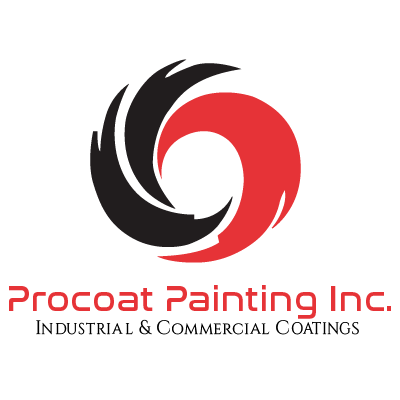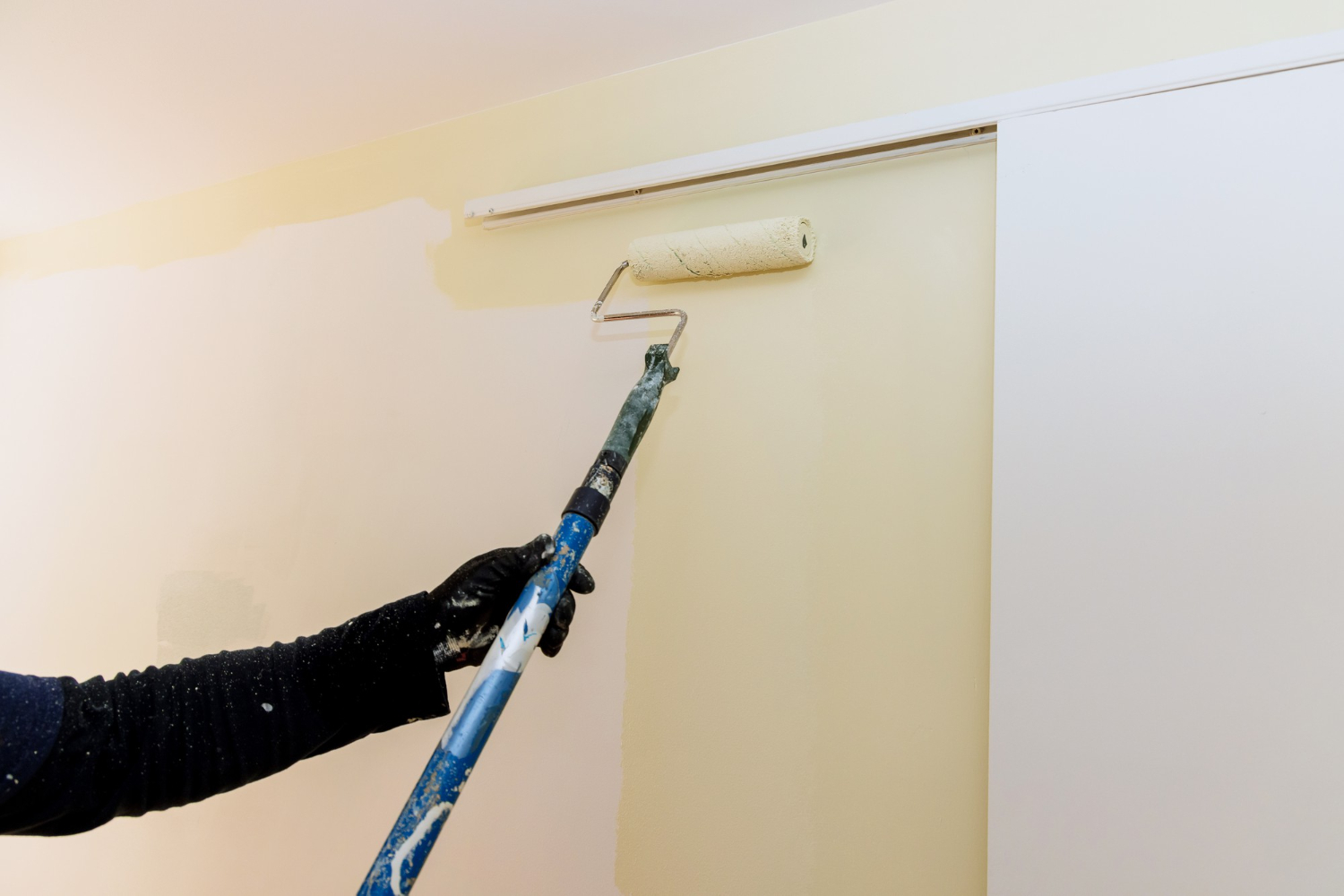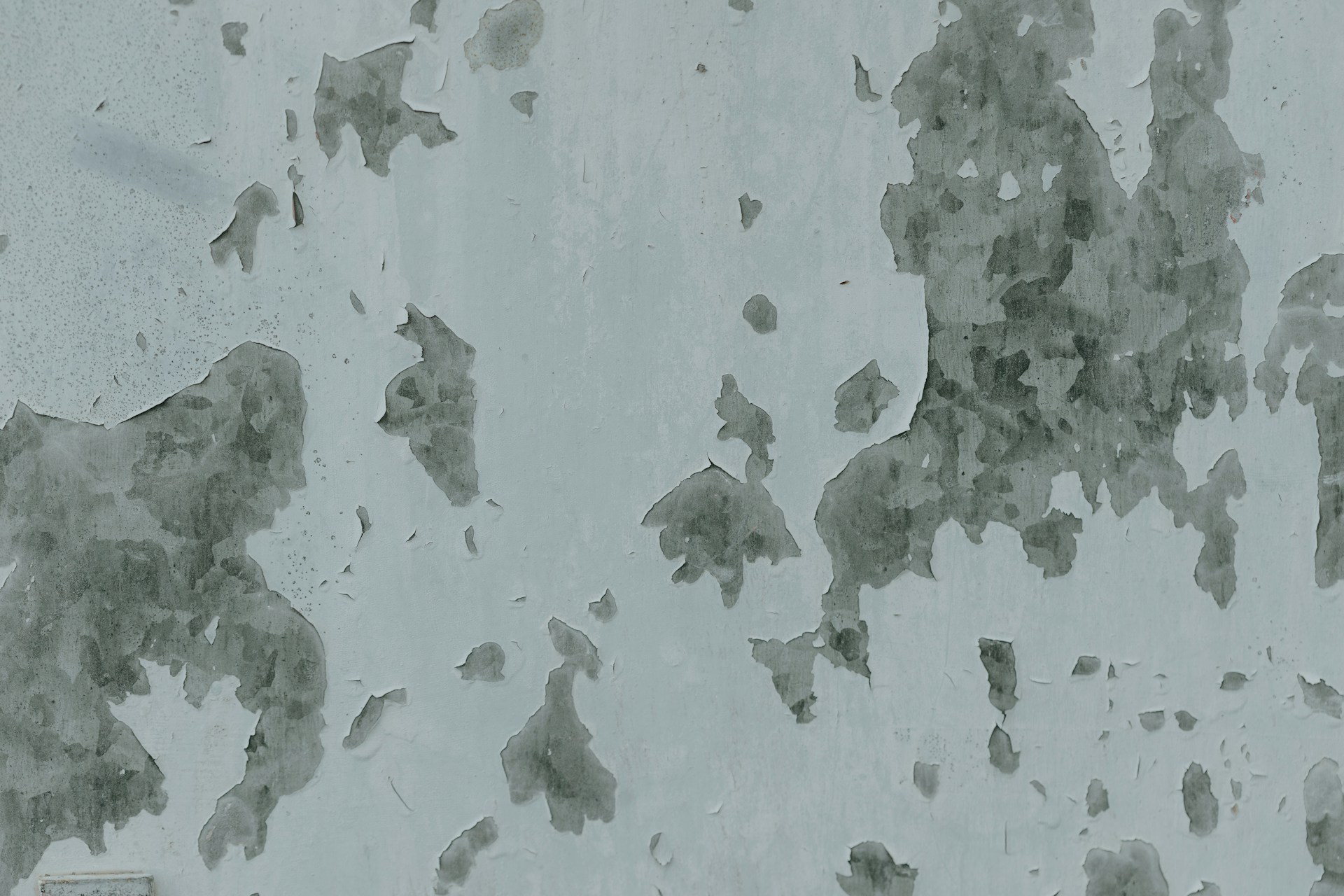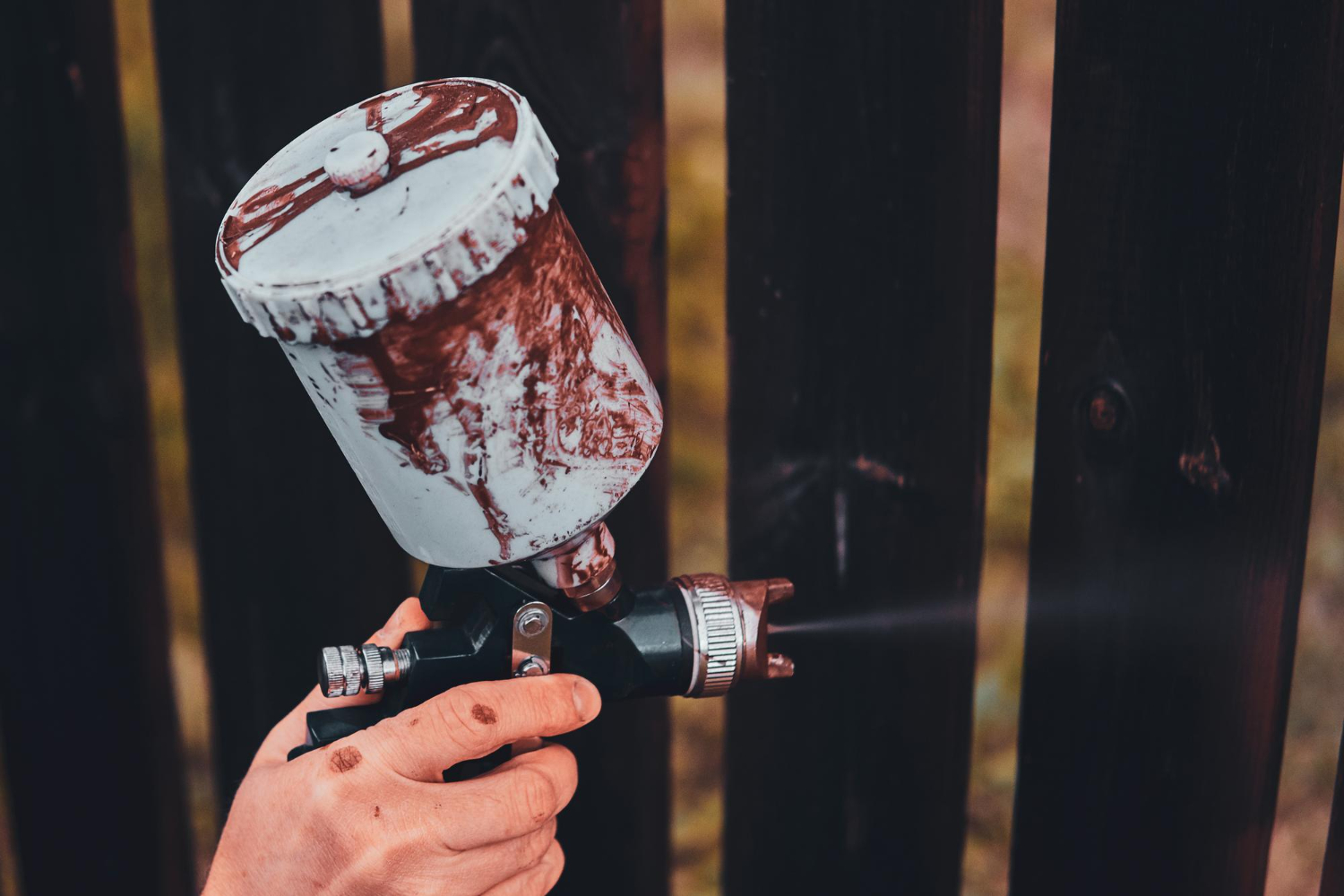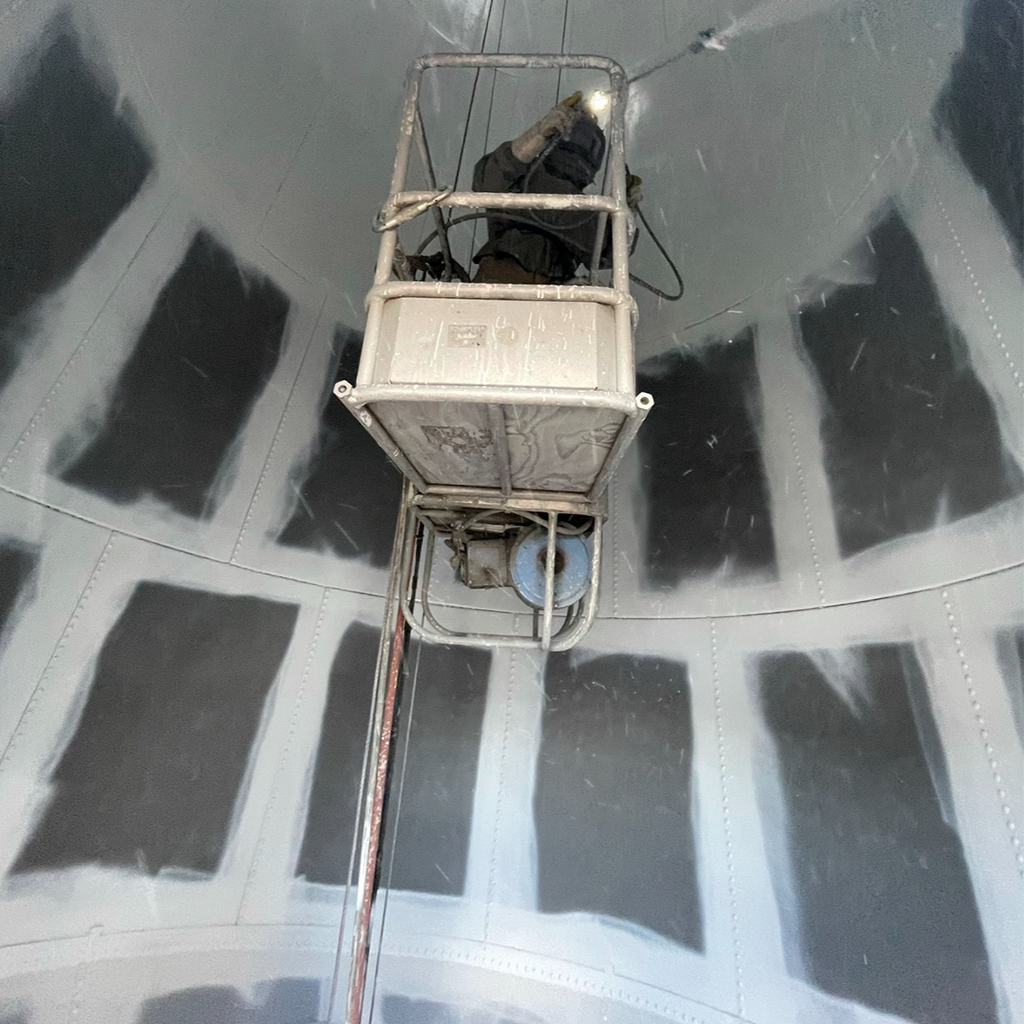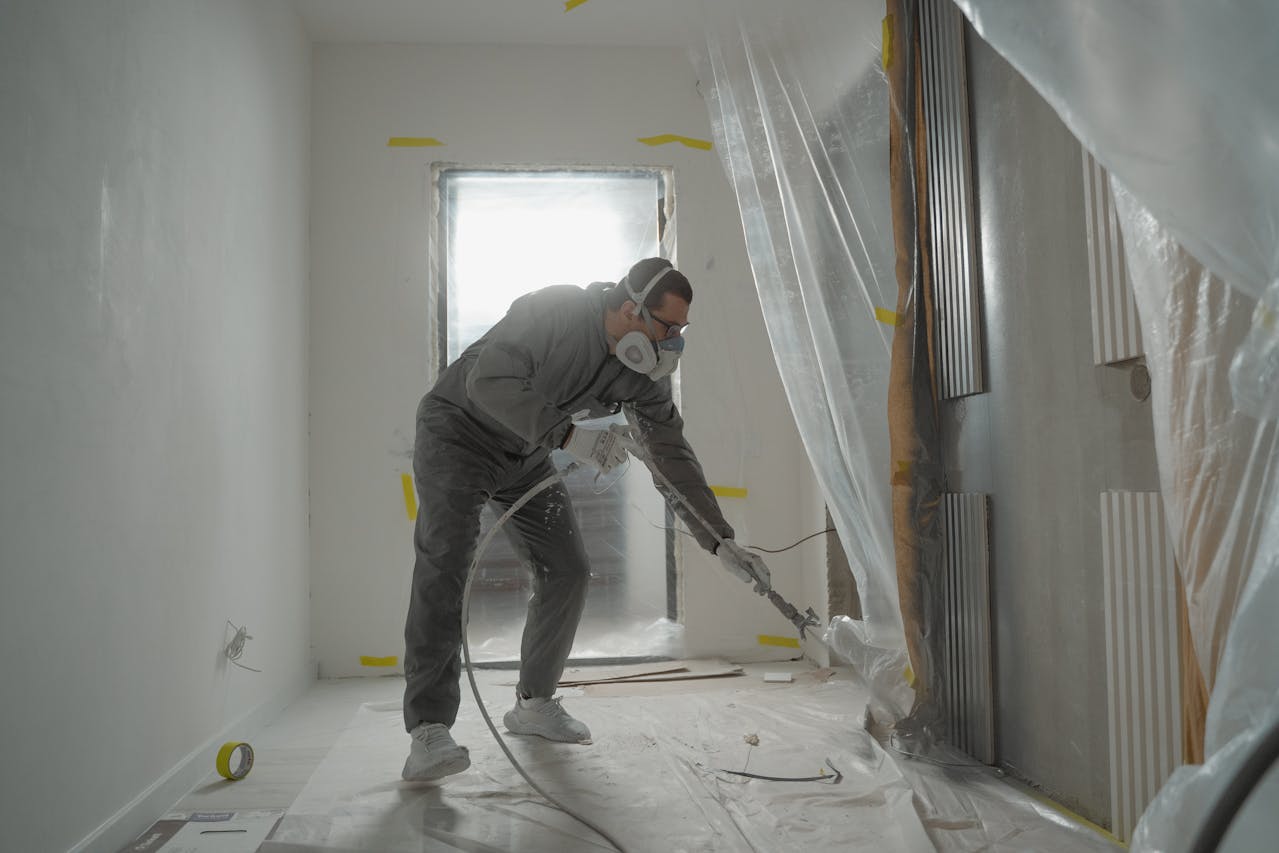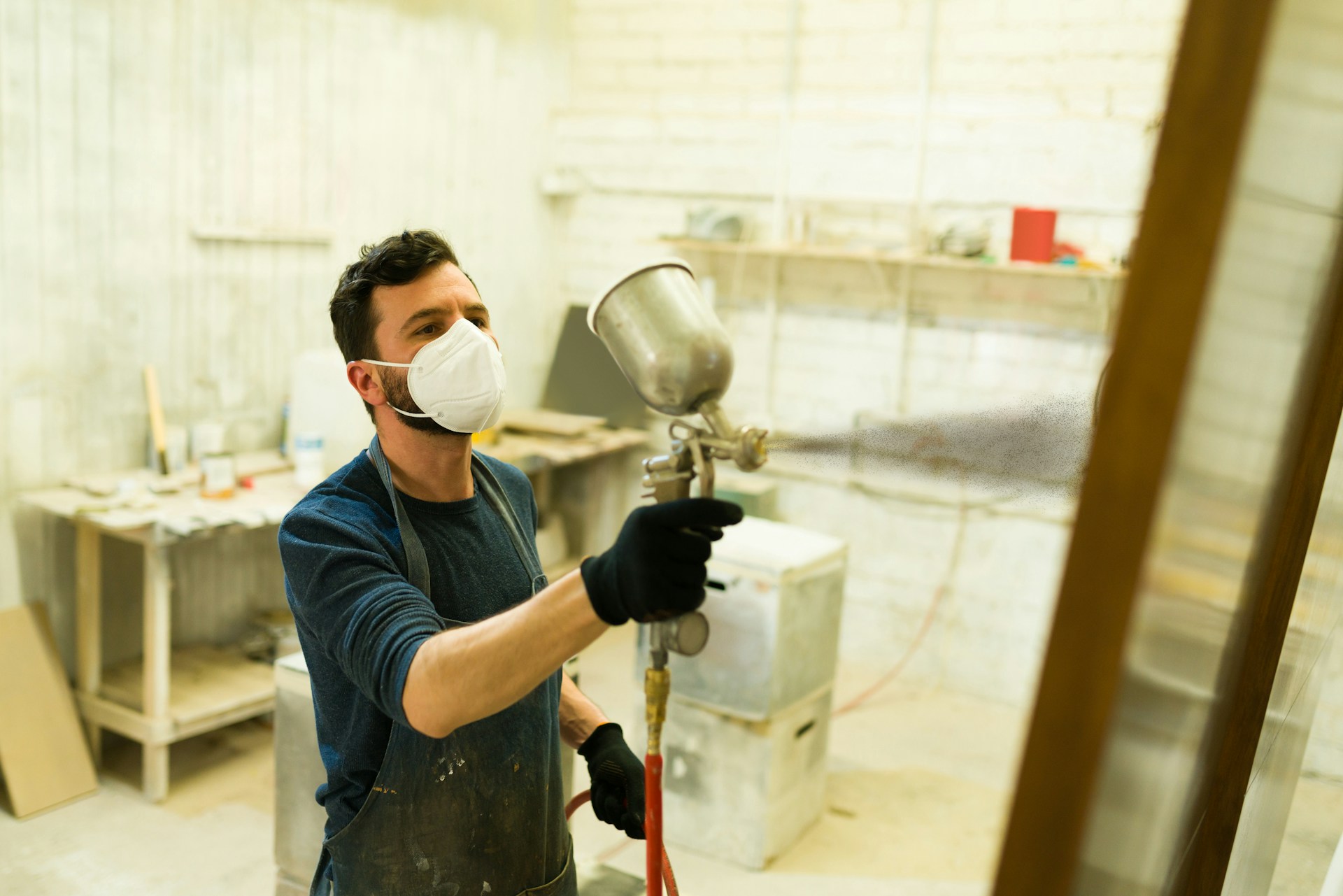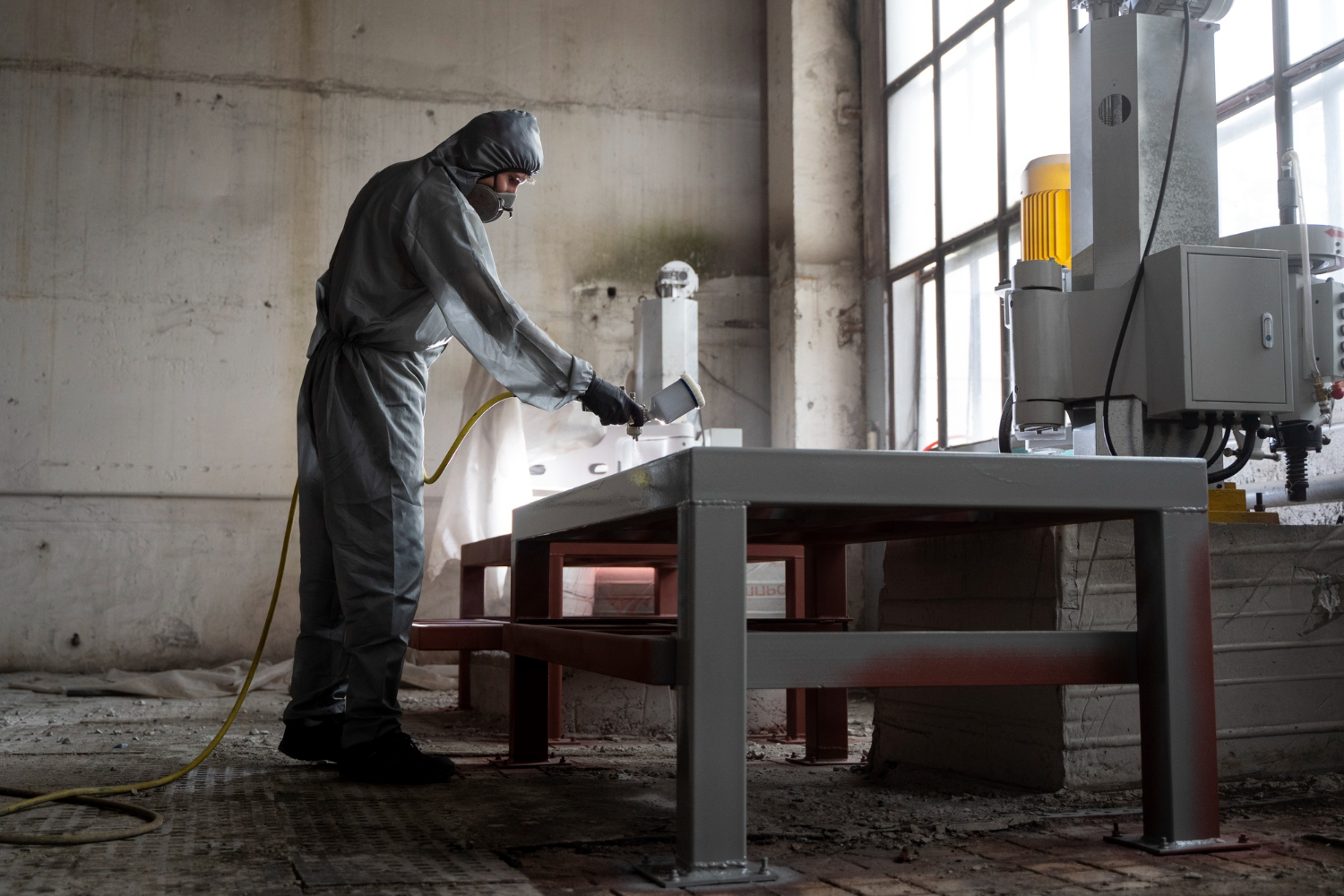Maintaining a welcoming and secure atmosphere in hospitals is no small task. A soothing environment is essential for both patients and staff, and the appearance of a facility plays a big part in achieving that comfort. The walls of a hospital are more than just functional barriers; they’re vital to creating a space that feels safe and can even promote healing. Professional painting services can significantly enhance the surroundings, ensuring that hospitals in Batavia, OH look appealing, meet health regulations, and withstand the wear and tear of daily operations.
Beyond aesthetics, professional painting is crucial for the safety and compliance of hospital settings. In places bustling with activity around the clock, maintaining an environment that supports health is paramount. Fresh, well-chosen paint not only refreshes appearances but can also be an ally in maintaining hygiene standards, as it helps in the easy cleaning and sanitation of walls. Whether it’s about brightening a pediatric ward with soft, inviting colors or ensuring the corridors are covered with durable coatings, the right paint job truly makes a difference.
Enhancing Patient and Staff Experience
The atmosphere of a hospital can deeply influence how patients and staff feel. A fresh coat of paint can work wonders in creating a calming and inviting atmosphere. Choosing the right colors can evoke a sense of peace, reducing stress for patients and making staff work environments more pleasant. For instance, soft blues and greens are often chosen in healthcare settings because they can promote a feeling of tranquility and balance, contributing to a healing environment.
Imagine walking into a hospital with a cheerful lobby painted in warm, welcoming colors. It immediately lifts the spirits of those entering, setting a positive tone for their visit. The visual appeal contributed by thoughtfully selected paint can transform sterile halls into therapeutic spaces. Patients may feel more at ease in environments that don’t just resemble white-walled clinics. Healthcare settings with well-maintained aesthetics make a positive impression, offering reassurance and calmness right from the start.
Beyond just color, new paint offers other perks, like reducing maintenance frustrations. Professional painting solutions typically involve choosing paints that are easy to clean, scratch-resistant, and durable enough to handle the hustle and bustle of a busy hospital. This means fewer marks to scrub off and less frequent repainting, saving effort and ensuring a consistently appealing environment. The dual benefit of maintaining cleanliness and enhancing aesthetics is what makes professional painting services so valuable in healthcare settings. Whether updating dull corridors or creating a peaceful ambiance in patient rooms, the impact of professional painting on the quality of the hospital environment is both practical and profound.
Ensuring Health and Safety Compliance
Hospitals have strict standards when it comes to health and safety, and correct painting solutions are a part of that equation. Professional painting services help hospitals meet these standards by utilizing specific materials and techniques that align with health codes. For example, the use of low-VOC (Volatile Organic Compounds) and non-toxic paints is vital in hospitals. These kinds of paints minimize harmful emissions, protecting both the indoor air quality and the health of patients and staff. By choosing the right products, hospitals can maintain an environment conducive to healing, free from pollutants that could cause irritation or health complications.
Another factor is the cleanliness of painted surfaces. Hospitals need materials that can withstand rigorous cleaning procedures without peeling or fading. Special coatings that resist microbial growth are also important in healthcare settings. With the help of professional services, hospitals ensure every corner of their facility can endure heavy cleaning schedules. By maintaining surfaces that uphold high hygienic standards, hospitals can prevent the spread of bacteria and support the wellbeing of every individual stepping through their doors.
Durability and Maintenance
Hospitals witness constant activity, and their infrastructure must cope with this, especially the walls. High-quality, durable paints provide a resilient coating that can withstand the daily hustle. Beyond just withstanding the physical demands of a busy hospital, these paints can also handle frequent cleaning, ensuring that walls stay fresh and presentable longer.
Here are a few aspects to consider for durability and maintenance:
– Durability: Choose paints that can withstand scratches, bumps, and the running of carts and equipment.
– Ease of Cleaning: Opt for surfaces that won’t degrade under the regular cleaning necessary in healthcare settings.
– Stain Resistance: Consider paints that repel stains. Stain-resistant coatings mean less need for frequent repainting.
Professional painters assess the specific needs of each hospital, recommending the best solutions tailored to unique challenges. In doing so, these services provide both immediate beauty and long-term cost savings, reducing the need for constant touch-ups.
Protecting Structural Integrity
Regular painting isn’t just about aesthetics; it’s also about protecting the building. Paint acts as a barrier against moisture, pests, and other environmental factors that could damage the structure over time. By investing in professional painting services, hospitals can guard against structural wear and tear that, if left unchecked, could lead to more costly repairs.
Professional painters play a keen role in spotting potential problems early. During a project, painters often identify minor issues, like cracks or water damage, that could be addressed before they worsen. Addressing these issues as part of a painting plan helps in maintaining the building’s integrity and extending the lifespan of the hospital’s infrastructure.
Creating the Ideal Environment
Hiring professional painting services for hospitals in Batavia, OH, translates to more than just beautifying spaces. It represents a commitment to safety, efficiency, and the health of both patients and staff. The right painting solutions help ensure that hospitals are safe havens for healing. The combination of strategic color use, high-quality products, and expert service drives the transformation of any hospital environment into one that is functional, peaceful, and enduring.
With these benefits in mind, hospital executives can take confident steps towards improving their facilities, creating an environment that’s supportive, safe, and welcoming for everyone who walks through their doors.
For hospitals in Batavia, OH, seeking to enhance their environment, consider the benefits of expert services for your next project. By focusing on hospital painting service, facilities can ensure a safe, welcoming space that looks great and upholds high standards of hygiene and durability. Procoat Painting Inc. offers the expertise you need to transform your hospital into a haven of healing and efficiency.
